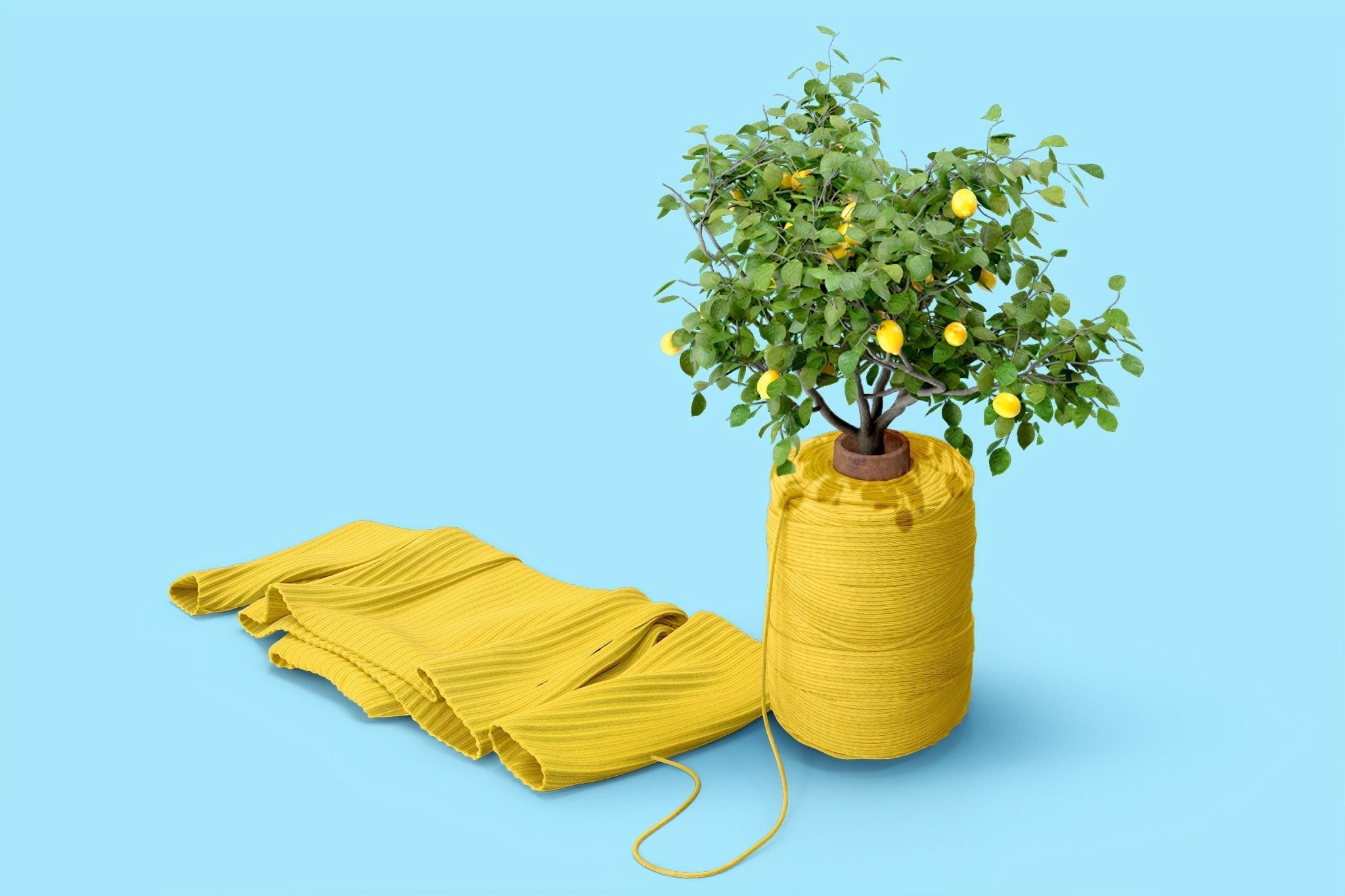We are living through an environmental crisis that experts have given us 10 years to address, or face irreversible damage.
This we know. Less widely known, is that our fashion choices are massively impacting this environmental crisis. In fact, the fashion industry is the second most environmentally damaging industry behind only the fossil fuel industry.
Below, we break down exactly how our unsustainable fashion choices are destroying our planet:
Fast Fashion
For the past two decades, fashion trends and cycles have been increasing in speed. In the early 2000s, fashion brands would typically offer two collections per year. Today, brands like H&M offer between 12 and 16 per year, while Zara have been known to introduce an astronomical 24 per year - that’s two collections per month!
Brands do so to keep us consuming their goods. Within two weeks of buying a look, a new collection has been released, a new style is being embraced, and the brands have again filled their (poorly made) pockets.
Fast Production
To keep up with this increased demand for new styles, every season, fast fashion brands produce collections of worsening quality that are cheaper and quicker to manufacture.
More poorly made clothes are produced that lose their shape, fall-apart and eventually end up in landfill after only a few wears.
Over Production
To ensure demand for these collections are met, brands overproduce garments by the literal lorry load.
If, as often happens, they overestimate how many garments they need to produce, fashion brands bin and even burn the excess stock. This is to help retain the value of their current stock of clothes and is the easiest (and laziest) way to get rid of the extra material.
Almost unbelievably, one lorry load of textiles is landfilled or burned every second.
Plastic Pandemic
We are a society at war with plastic, diligently remembering our tote bags when shopping, embracing keep-cups and refusing plastic straws. All measures to address our addiction with plastic that is polluting every corner of the planet.
One of the main plastic polluters, however, is hiding in our wardrobes and now makes up over 60% of all clothing.
Synthetic fibres are man-made plastic-like fibres derived from chemicals. They have exploded in popularity as a cheaper alternative to natural fibres with which to produce clothes.
Synthetics are a huge contributor to the fashion crisis. Enormous amounts of carbon are emitted during their production and, like all plastic, they fail to break down when thrown away. When synthetic clothes are washed, millions of micro-plastic granules are released into our water systems, polluting rivers and our oceans.
We further explain why it’s so important to embrace natural fibres over synthetics here.
Emissions
Greenhouse gas emissions like carbon dioxide (CO2) are the leading cause of global warming. Everything we do has related emissions from how we get about, to what we eat and quite significantly, how we consume fashion.
Synthetic garments, as mentioned, have huge carbon footprints, but even clothes made from natural fibres have related emissions. These emissions come from the machinery used to harvest the fibres, the factories where the garment is produced and the shipping of the piece along the supply chain from the field, to the factory, to the store and then to your wardrobe.
As a result, the fashion industry accounts for 10% of all global carbon dioxide emissions - more than all international flights and maritime shipping combined.
To address this, we must not only choose natural fibres over synthetics, but also look after our clothes for longer. Longer lasting clothes reduces all the emissions related to the production of new clothes.
Water Waste
The fashion industry uses an almost unfathomable amount of water to produce the garments we wear.
2,000 litres are used to produce a typical pair of jeans. If we were to follow NHS guidance of drinking 1.2 litres of water a day, the water used to produce one pair of jeans would provide one person with enough water for nearly 21 years.
The impact of this astronomical use of water is evident in the Aral Sea which straddles the border of Kazakhstan and Uzbekistan. The Aral Sea was once the World’s 4th largest lake and supported fishing communities as an oasis in the tough desert basin.

In the 70s, the supporting rivers of the Aral were diverted to provide water for cotton fields for clothing and since then, the sea has almost completely dried up. Cotton, albeit a natural fibre, is a problematic material if not sourced sustainably and it is therefore so important to always opt for organic.
Further to the water used to grow clothing crops like cotton, a huge amount of water is polluted in the garment dying process. From this process, harsh chemicals are released into natural rivers, polluting drinking water and killing life below the surface.
20% of all global water pollution is attributed to the fashion industry.
Workers Rights
In addition to environmental damage, the fashion industry is also failing in its treatment of workers.
Dangerous factory conditions, appalling wages, and horrendous hours are just a few of the issues workers face when producing the fast fashion garments we wear.
The mistreatment of workers was of particular salience when Covid-19 struck. With diminished demand for their goods, a number of fashion brands abandoned their contracts with their production factories, leaving thousands of workers without income.
You can support these workers through a number of amazing projects including the very cool, Lost Stock.
As a society, we are waking up to these issues. Environmental sustainability is now at the forefront of many brands and there has never been a wider range of sustainable options than there is right now. Workers’ rights are also beginning to be recognized, driven by campaigns like #WhoMadeMyClothes.
Our personal fashion choices can go a long way to addressing the issues highlighted above. We explain how in our guide to greening your wardrobe.

